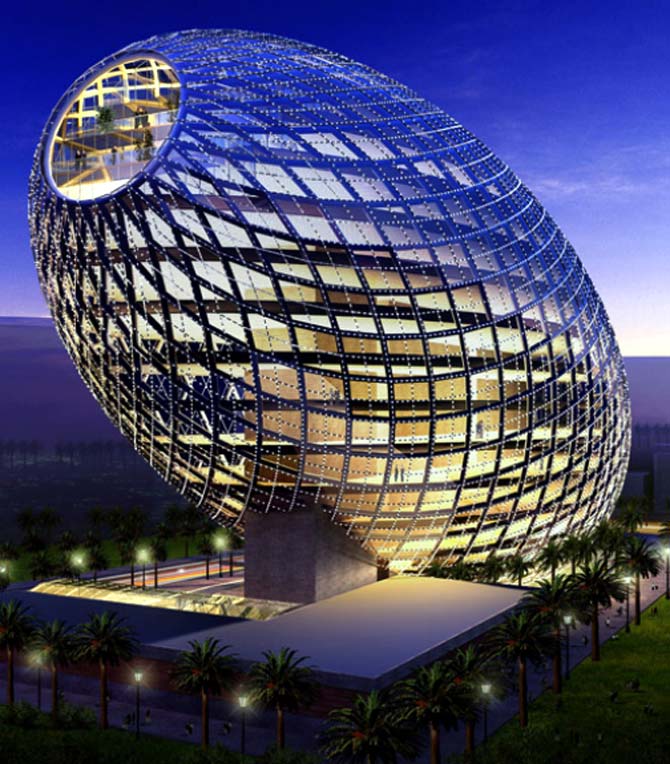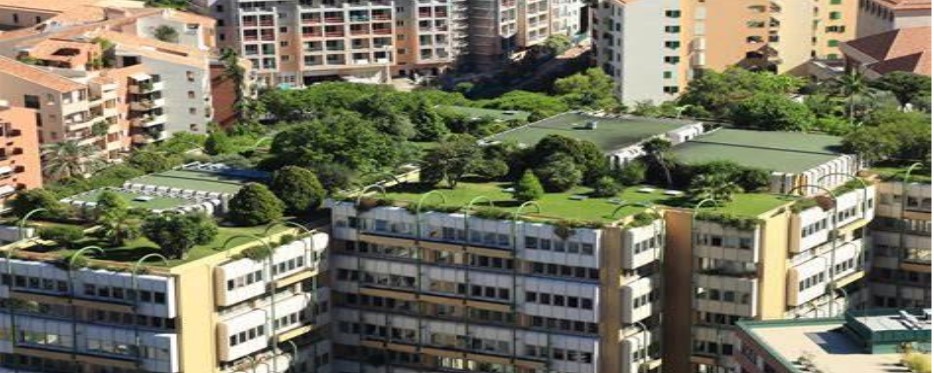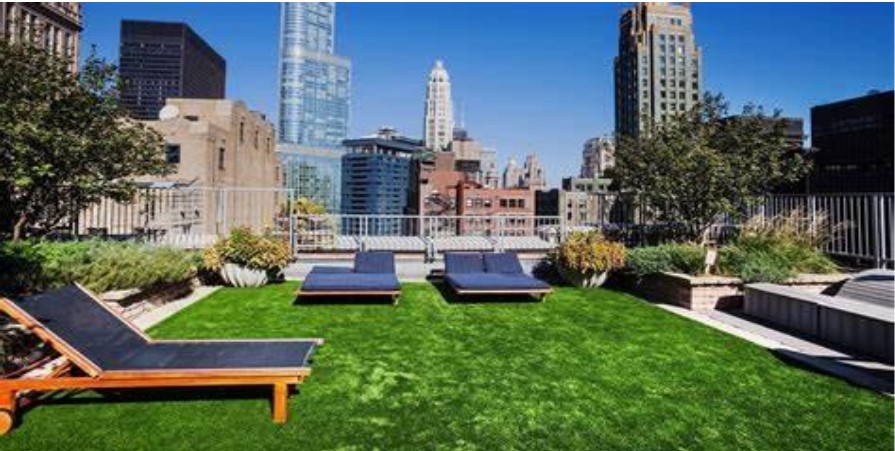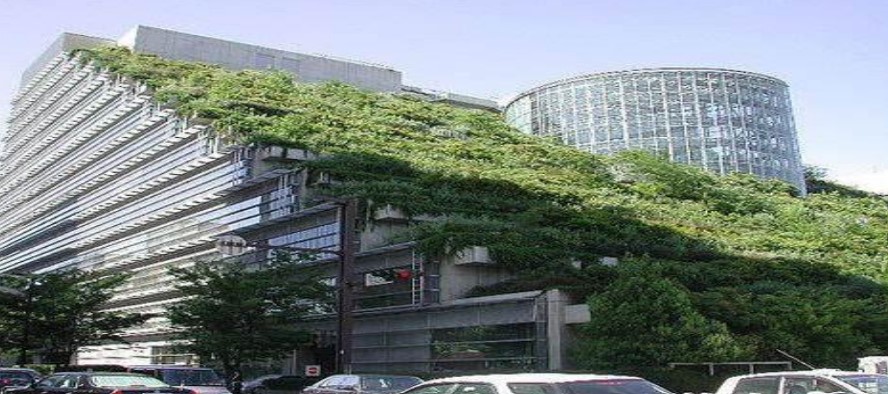Buildings, by virtue of having large numerical value, providing space for human living and working besides being consumers of resources, energy and generators of waste play important and critical role in making human settlements, productive, efficient, livable and sustainable. No city can ever achieve sustainability, unless it is ably supported by qualitative and nature responsive passive built environment, which is carbon neutral and generator of minimum waste besides consuming minimum energy and natural resources. Buildings, by virtue of its fabric, structure, materials, structure,
material and construction technologies, are known to be largest consumers of energy, resources and generators of waste.


Heat islands created in the urban areas, has led to sharp rise in demand and consumption of large fossil fuel-based energy, for keeping the buildings cool, warm and livable. Green roofs, offering variety of benefits in making buildings cool and bringing nature back, are fast returning to the cities. More and more urban buildings are opting for installing roof gardens,
making addition of rooftop planters and permitting the growth of vegetation. Germany, as a nation, has emerged as the global leader, with more than 14 percent of all roof area already made green.
Advantages- Green Roofs
Green roofs are known to be providers of numerous physical, social, economic and environmental benefits not only to the built environment, people and communities but also to the city, climate and human livability, in terms of ;
- Reducing urban flooding ; reducing air pollution- Increasing oxygen production; improving air quality; purifying air; encouraging biodiversity, minimizing greenhouse gas emissions, removing air particulates; reducing carbon-footprints of buildings; improving property value and marketability; promoting economy, generating employment
- Creating green elements; Improving aesthetics in building and neighbourhood;
- Promoting qualitative living, working and promoting well-being of people through green environment; reducing stress; making people happy, heathy and more productive
- Promoting utilization of unused roof space
- Overcoming deficit of green spaces in the congested/core areas of city.
- Making building operationally efficient and cost-effective; regulating the indoor temperature and reducing the ambient temperature; reducing energy costs ; providing natural insulation for buildings.; reducing/ lowering air- conditioning demand
- Elongating the life of roof; providing natural protection against extreme heat –enabling green roofs to last– twice as long as traditional rooftops.
- Making solar panel more efficiency; reducing the temperature on the roof; reducing energy costs.
- Insulating buildings against noise- providing a quieter environment, both inside building.
- Making buildings safe against fire by providing additional fire-resistant layer through plants with lot of moistures.

Way Forward
Green roofs offer enormous social , physical, economic and environmental advantages to the individuals, owners, communities, city , nation and planet earth, in terms of; making buildings cost-effective, energy efficient; consuming limited energy and resources; bringing nature into buildings/ city; reducing urban heat island; reducing the intensity of storm water and saving cities from flooding; reducing global warming and lowering carbon footprints of the buildings/city; conserving rainwater water; meeting deficiency of green spaces in congested parts of cities; making optimum use of available unused roof space without increasing the building footprints; promoting economy; generating employment; promoting socialization and security; making people happy, healthy and more productive; bringing birds back to the cities; growing vegetables and making cities self-sufficient in daily needs; eliminating transportation and refrigeration of vegetables; increasing value of properties; empowering cities to become zero-carbon.
Despite numerous benefits green roofs offer, major obstacles in promoting the green roof remains the non-availability of affordable and proven technologies and high initial cost. Green roofs typically cost two to three times more than a non-green roof. Although green roofs are not simple to construct or cheap to maintain, yet numerous benefits they offer in long term outweighs, the initial cost concerns. Over time, green roofs, pay for themselves besides making large contribution to the urban sustainability and urban environment. For creating awareness about the benefits and for promoting green roofs, cities need to launch pilot programs encouraging the installation of green roofs by offering financial and other benefits. However, reputed technical institutions like IITs/NITs needs to be roped in to promote research in evolving cost-effective and operationally efficient design of green roof, considering the different climate zones prevailing in India.
Green roofs should also be included as part of study curricula of all technical institutions to make students aware about the principles, concepts and technologies to be used in the planning, designing, construction and maintenance of green roof. Bye-laws applicable at the local level also need review and redefinition to facilitate the creation of green roofs in the city. Our capacity to promote the acceptability of green roof in the urban context, will hold the key to decarbonizing the cities and make them sustainable, livable and carbon-neutral.

